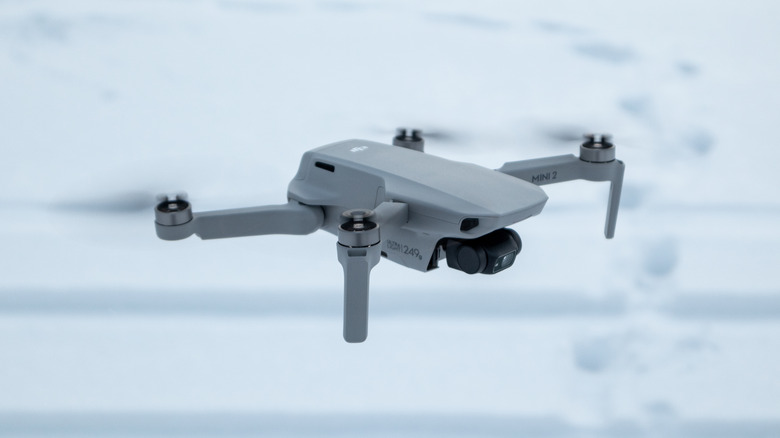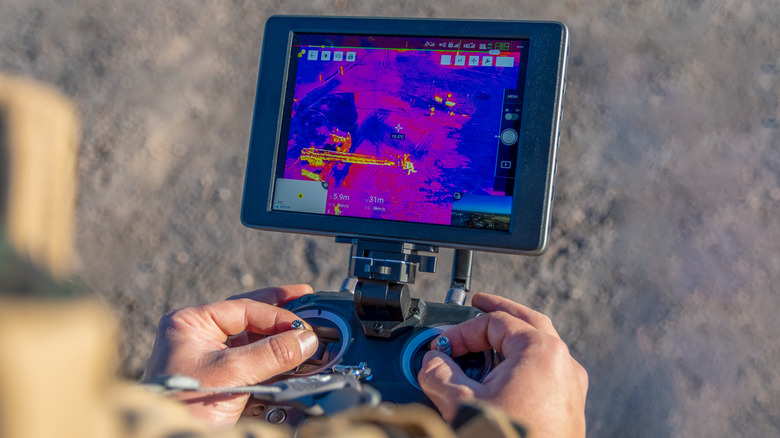This New Drone Device Uses WiFi To See Through Walls
The increasingly widespread use of drones has posed many thorny questions pertaining to security, privacy, and the ownership of data over the last several years. For every inarguable good drones have delivered to the world, it seems like a new security concern or technological limitation has arisen in response.
The University of Waterloo in Ontario, Canada, has definitely sped up the "brilliant new idea, tricky new problem" process for drones. Through an application charmingly called "Wi-Peek," a team of robotics experts at Waterloo have successfully taught a drone to hop on local WiFi and use it to see through walls.
To state the obvious, a drone capable of seeing through solid objects using only the ambient network signals available in a given area is an exciting advancement in drone and imaging technology. To state the equally obvious, there are going to be some issues when we all start using drones that can look inside each other's houses.
Home security in a post-privacy world
To its immense credit, the Waterloo team has presented its findings as a security loophole as well as a technical advance. It also made the operative parameters of its tech widely available. Everything depends on technology the experts at Waterloo call "Polite WiFi." In short, even on password-protected networks, smart devices often automatically connect to any incoming signal. By sending multiple messages and measuring response time, Wi-Peep can map the smart devices in an interior space, yielding a working map of what's inside (via SciTechDaily).
This technology is extremely accessible. Dr. Ali Abedi, adjunct professor of computer science at the University of Waterloo, worked with his team to put together the Wi-Peep from a standard store-bought drone and $20 of consumer hardware.
In Abedi's words: "The Wi-Peep devices are like lights in the visible spectrum, and the walls are like glass. Using similar technology, one could track the movements of security guards inside a bank by following the location of their phones or smartwatches. Likewise, a thief could identify the location and type of smart devices in a home, including security cameras, laptops, and smart TVs, to find a good candidate for a break-in," (via SciTechDaily).
Integrating such a fascinating yet potentially dangerous device into daily life will clearly come with challenges. At the same time, given the technology's accessibility and ease of use, it's possible it could become part of the daily technological landscape sooner rather than later.

